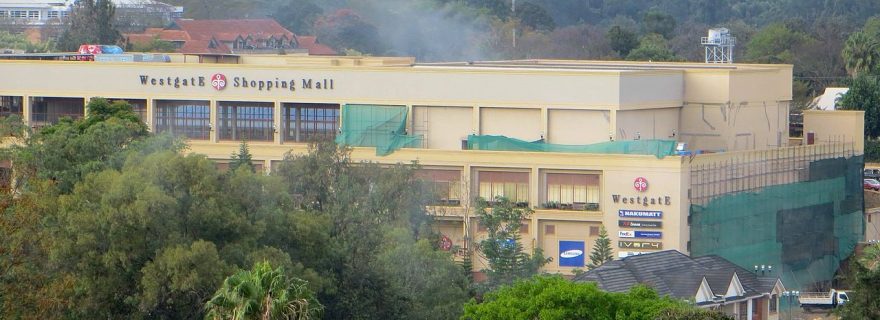Malls threatened by Al Shabaab
In February 2015, Al Shabaab produced a video in which it calls for an attack on malls in the United States, Canada and the United Kingdom.This call for violent action spurred many worried reactions around the globe, especially in the three mentioned count
In February 2015, Al Shabaab produced a video in which it calls for an attack on malls in the United States, Canada and the United Kingdom. It shows six minutes of graphic images and the terrorists celebrating the 2013 Westgate Mall attack in Nairobi, Kenya, that killed more than sixty people and for which Al Shabaab claimed responsibility. The narrator, who spoke with a British accent and appeared to be of Somali origin, ended the video by calling on Muslim men to attack shopping malls in Western countries.
This call for violent action spurred many worried reactions around the globe, especially in the three mentioned countries. How to deal with this threat and to protect shopping malls against terrorist attacks? Homeland Security Secretary Jeh Johnson said on 22 February that “there will be enhanced security […] that will be apparent”. He also called upon the public to be vigilant. The question is, will this really stop terrorists or will it merely increase feelings of insecurity and, in the end, cost the shopping malls a lot of money for security measures and because shoppers might rather go online for fear of terrorism.
One country in which the public is vigilant and not worried by apparent security measures is Israel. A visit to the biggest mall in Israel – as part of the EU project PRIME on lone actor terrorism – and a presentation by its general manager showed that those responsible for security indeed count on apparent and very visual measures. A key aspect of securing malls is deterrence: potential terrorists have to get the feeling they will be detected before they can enter the mall. To that end security measures consist of many rings or circles which increases the chance of detection or slow down any intruder with violent intentions.
The first and perhaps most important measure, however, is intelligence and information-sharing on potential attackers (also between public and private actors). The metal detectors and x-ray machines at the entrance are among the last measures and obstacles. Admittedly they will not stop terrorists with Kalashnikovs, but by the time they would pass that barrier there are uniformed and ununiformed armed guards that hopefully prevent them from doing any harm. The Israeli public is used to these kind of measures and feels more secure because of them. But do they actually work? Can one deter terrorists from attacking malls? The answer seems to be affirmative: there has not been a single intrusion by terrorists in Israeli malls despite several attempts. The costs of these measures are high and it is not clear if the threat posed by Al Shabaab is serious enough to justify measures like the ones in Israel. It is, however, good to know that shopping malls are not soft targets that cannot be protected.


